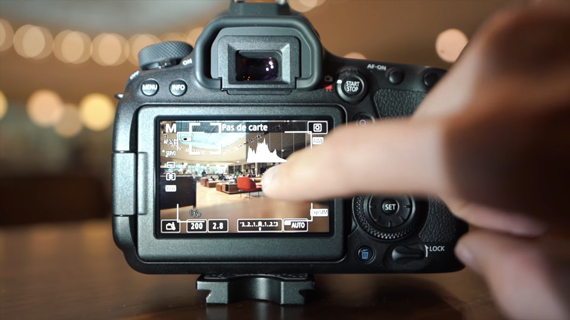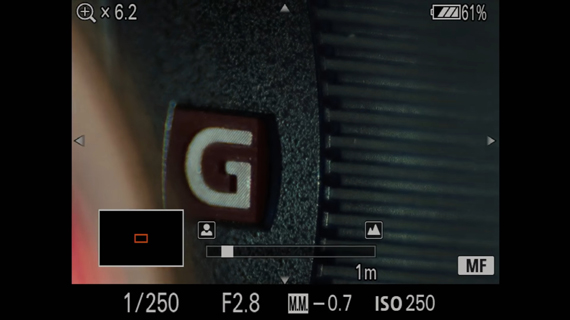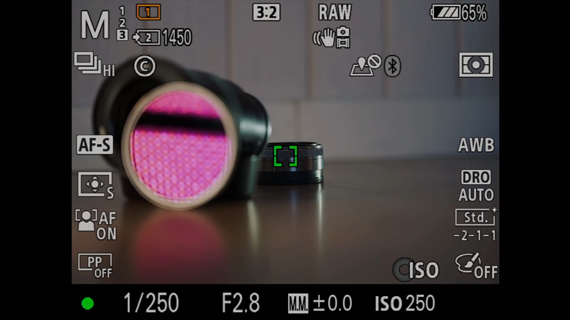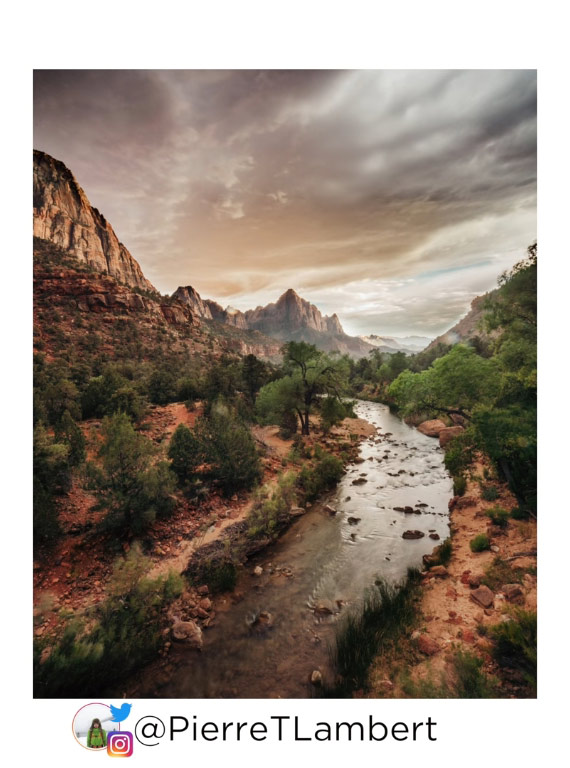There is no fix once you take a blurry photo. When you’re starting out, you can get confused with all the focusing modes available on your camera. Questions like where to focus and which mode to use arise. To address these questions, photographer Pierre T. Lambert shares his seven tips (plus one bonus tip) for taking sharp photos:
Auto Focus is King
Cameras today come with sophisticated autofocus systems, and they’re great at what they do. Through the small viewfinder, a human eye cannot accurately judge whether or not the targeted element is in focus. So, it’s best to use autofocus. It’s both fast and accurate.
Single Point Focus is Queen
Modern cameras boast of having hundreds of focusing points. But if your subject is stationary, a single point will work just fine. Using single point focus gives you fine control over where you want to focus. Simply move the focusing point where you want it to focus, and the camera will focus right there without any confusion.
Move Your Focus Point
When you start shooting with a single focus point, it becomes essential to keep moving it around depending on where you want to focus. You will need to change your focusing point based on the composition. Your camera comes with a joystick or a dial to switch focus points. Some cameras also allow you to focus by touching at the rear LCD screen.

touch to focus
AF-S or AF-C?!
AF-S (auto focus single servo) is a focusing mode wherein the camera locks focus just once. The camera will not track the subject or change focus once the subject changes distance from the camera after the focus is locked.
On the other hand, AF-C (auto focus continuous) is a focusing mode wherein the camera continuously keeps a track of the distance between the camera and the subject and changes focus accordingly.
If the distance between the camera and the subject is not changing, Labert suggests that you use the AF-S mode. Shooting landscapes and portraits are example cases of when AF-S mode can give great results.
When to Use AF-C
AF-C works great when the distance between the subject and the camera changes continuously. Take action scenes, for instance. Whenever the movement of the subject is unpredictable and the subject is continuously moving toward or away from the camera, using AF-C is the best choice. The camera automatically adjusts focus to keep the image of the subject sharp.
Take Multiple Shots
When shooting wide open at apertures like f/1.2, f/1.4, or f/1.8, it can get really difficult to get the desired part of the subject in focus. You might want to focus on the eye but at such wide apertures, the focus plane is so narrow that the camera might focus on the eye lashes instead. Lambert suggests that you take multiple shots. If you have the time to check, look at the LCD screen to ensure that the focus is as intended. If you’re not in a situation to check, taking multiple shots will come in handy.
When to Manual Focus
Manual focus is precise, but it can be slow if you’re not used to it. However, there are certain situations where the auto focus system struggles to focus and will keep on hunting focus. Try using manual focus when shooting through fog, mist, or smoke; doing astrophotography; and when shooting in poorly lit conditions.

Some cameras have focus magnifier function to assist while focusing manually
If you have a hard time focusing manually, some cameras have a feature called focus magnification to help you. It zooms the image 1:1 during manual focusing so that you can clearly see whether or not the area that you want in focus is sharp.
Some cameras also have a function called focus peaking that highlights the areas that are in focus. You can rotate the focus ring until the area that you want is highlighted to have it tack sharp.
Bonus Tip: Use Subject Tracking
Besides AF-S and AF-C, cameras also have another focusing mode which allows you to track the movement of the subject. When you set your focus on a subject in this mode, the camera will lock its focus onto that subject and continuously track it as long as it is in the frame. This focus mode is especially useful when the subject is moving continuously or when there is a lot of action happening in the scene.
Now that you have an understanding of the various ways to focus and focus modes, which one is your favorite? Depending on the types of subjects you shoot, your focusing style will vary.
Like This Article?
Don't Miss The Next One!
Join over 100,000 photographers of all experience levels who receive our free photography tips and articles to stay current:








Under Bonus Tip: what is the 3rd type of focus called? or how do you set it? I have a hard time with subjects moving and focused, i.e. busy grandson.
thanks,
dlt